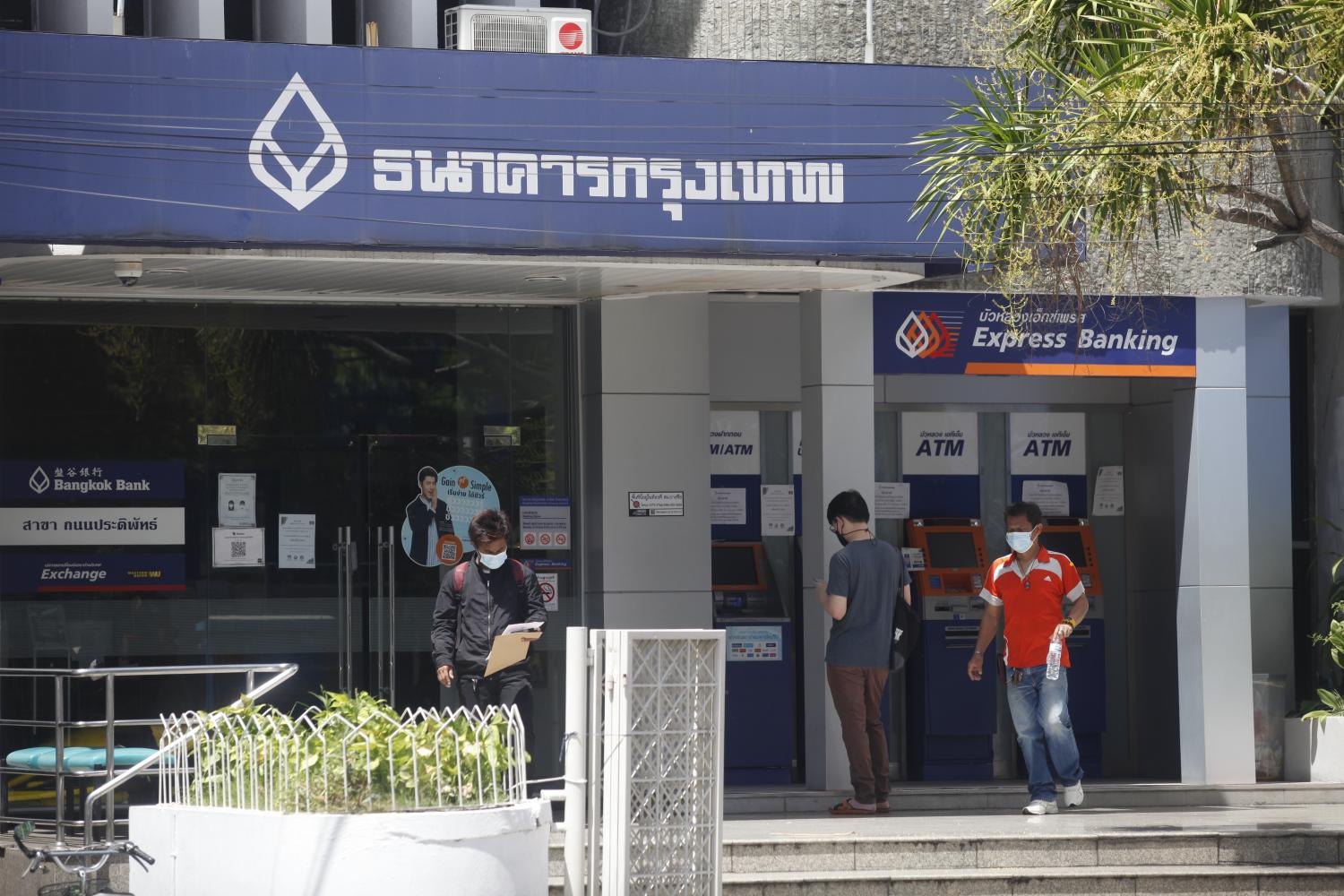
Bangkok Bank (BBL) is maintaining its lending interest rates to help customers manage financial cost amid the fragile economic recovery, despite the US policy of raising rates.
Though the US Federal Reserve raised its policy rate by 50 basis points on Wednesday, the Bank of Thailand is expected to maintain its policy rate at 0.5% throughout this year.
BBL is keeping its existing loan rates to support a business rebound in line with a gradual uptick in the Thai economy, said bank president Chartsiri Sophonpanich.
Given the country's economic recovery and improving tourism sector, loan demand will continue to rise, he said, although the bank booked flat growth of 0.03% in the first quarter this year from the previous quarter.
BBL is maintaining its total loan growth target in a range of 4-6% this year.
The bank set identical corporate and retail loan expansion targets in a range of 4-6%, while aiming to grow small and medium-sized enterprise loans at 1-3% for 2022.
Mr Chartsiri said the bank expects to keep its non-performing loans (NPL) ratio at no more than 4% this year after posting 3.3% in the first quarter.
The bank plans to set aside an expected credit loss of around 6.5 billion baht per quarter in 2022, amounting to 26 billion for the year, a decline from 31-34 billion in 2021.
BBL, the country's largest lender by total assets, has no plans to set up a joint venture asset management company to manage distressed debts. The bank will manage NPLs on its own, he said.
Kobsak Pootrakul, senior executive vice-president of BBL, said the bank assesses that the central bank will maintain its policy rate at 0.5% throughout this year, awaiting a clearer economic recovery and an improving tourism sector.
Foreign tourist arrivals were roughly 21,000 on May 1, the first day the government ended the Test and Go scheme. If arrivals can continue at this daily level, the tourism arrival tally would be around 7 million for the next 12 months, he said.
However, rising inflation stemming from higher supply-side energy and food prices are a key risk factor pressuring the Thai and global economic recovery, said Mr Kobsak.
The Fed needs to continue to hike its policy rate to contain higher inflation, he said. This scenario should attract foreign capital flows into the US and result in a stronger dollar, compared with other currencies, said Mr Kobsak.
Foreign exchange rates worldwide should see higher volatility this year amid several uncertainties, with the baht softening to around 35-36 to the greenback, he said.